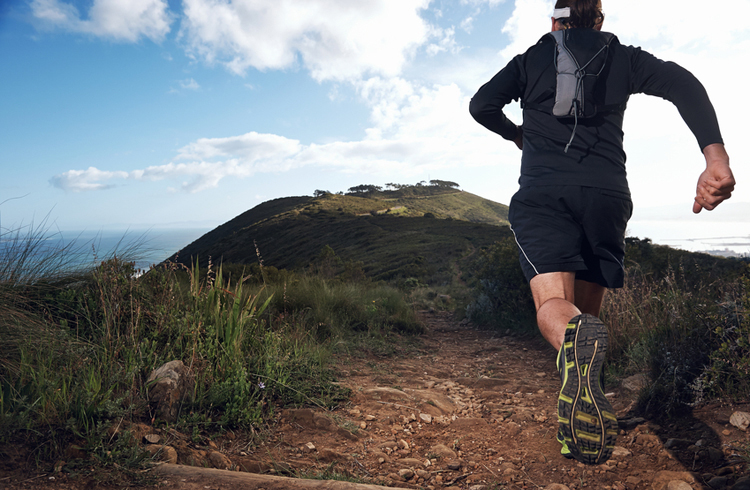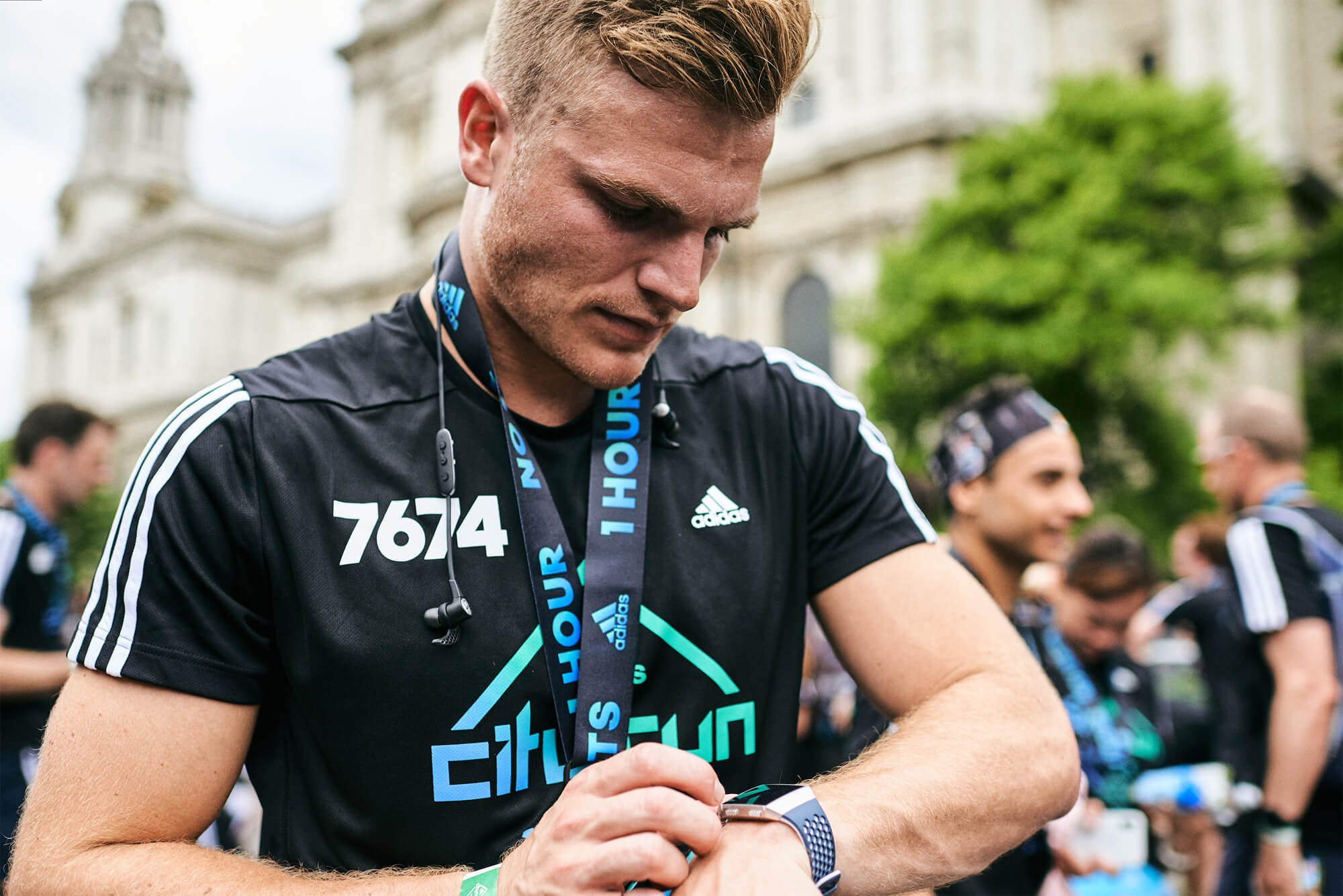
Planning an extraordinary challenge? Prof Greg Whyte OBE is the man to speak to. Having trained David Walliams to swim the English Channel and Eddie Izzard to run 43 marathons in 50 days, Greg has become the go-to guy for anyone attempting the extreme. A former modern pentathlete, Greg competed in two Olympic Games and has won European bronze and World Championship silver. So when MR was offered the chance to speak to Greg at the Centre for Health and Human Performance (CHHP) ahead of our own extraordinary challenge – the Llyn i Llyn swimrun on Saturday 6 August – we jumped at the chance. Here’s what we learned.
Keep it specific
A swimrun, for the uninitiated, involves several short(ish) swims and runs, one after the other. While running and swimming sessions will form much of the training, the real gains will be made in ‘brick sessions’, where both disciplines are practised. This will involve short intense swims in the local lido, followed by a 2K lap of the park, repeated several times.
Nail your nutrition
Fat-adapted running is all the rage, but Greg says that when it comes high-intensity exercise carbs are still king. “When you’re working above threshold, you’re burning carbohydrate so you need to replenish your glycogen stores. Solids, such as 9Bars, will bring satiety and you’re less likely to suffer from nausea or GI distress, but some people will be fine on gels. It’s a personal thing.”
Get tactical
Great performances are rarely the product of luck. The best athletes have a game plan and know how to execute it. For us – two decent runners and improving swimmers – this means working really hard every time we’re in the water. Work out what your strengths are and develop a race plan that complements them.
Set ambitious, achievable goals
There’s nothing wrong with setting lofty goals, but make sure they are within the realms of the achievable. “If you want to finish on the podium, check through past results to see what kind of times you’re likely to have to run,” advises Greg. “Too often, people focus on position rather than self – i.e. how they are feeling during the race. It’s better to have definite ideas about pacing, rather than position, as you never know who’ll be there on the day.”
Teamwork is key
Swimrun events tend to be run in pairs, with the best teams operating as a slick unit. For instance, if one of the team is a better swimmer, you might consider getting them to lead each swim leg while the weaker swimmer swims in their wake. “Whether swimming or running, you have to operate to the weakest link,” says Greg. “Work out who’s going to lead during the swim and run, and set targets that are achievable by both of you. It’s about putting in your best effort. And as you reach the finish, remember: more is in you.”
Professor Greg Whyte OBE, world-renowned sport scientist, Director of Performance at The Centre for Health and Human Performance (CHHP): chhp.com






